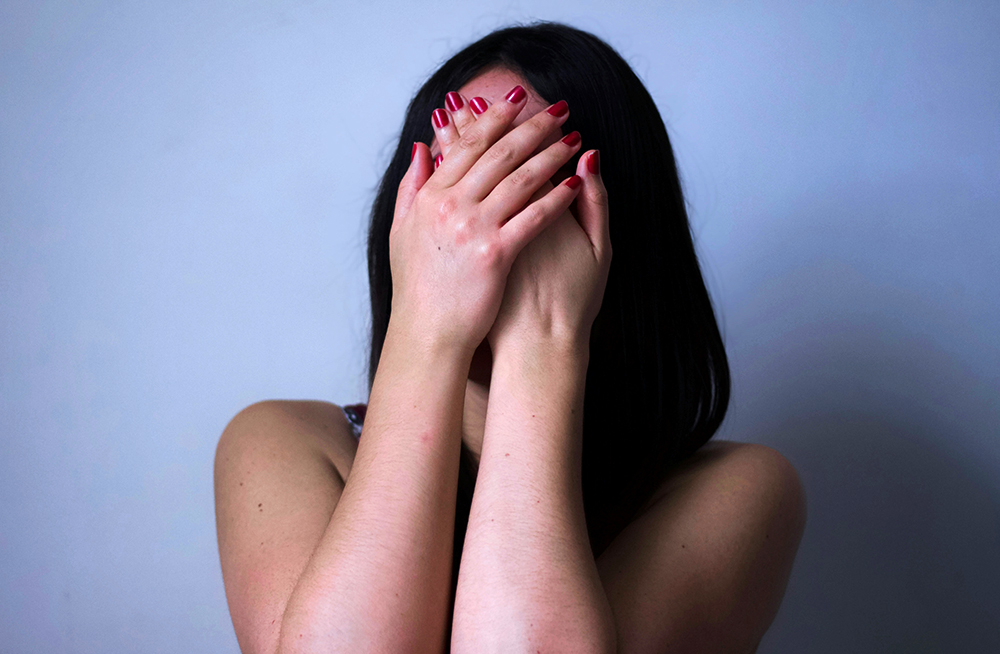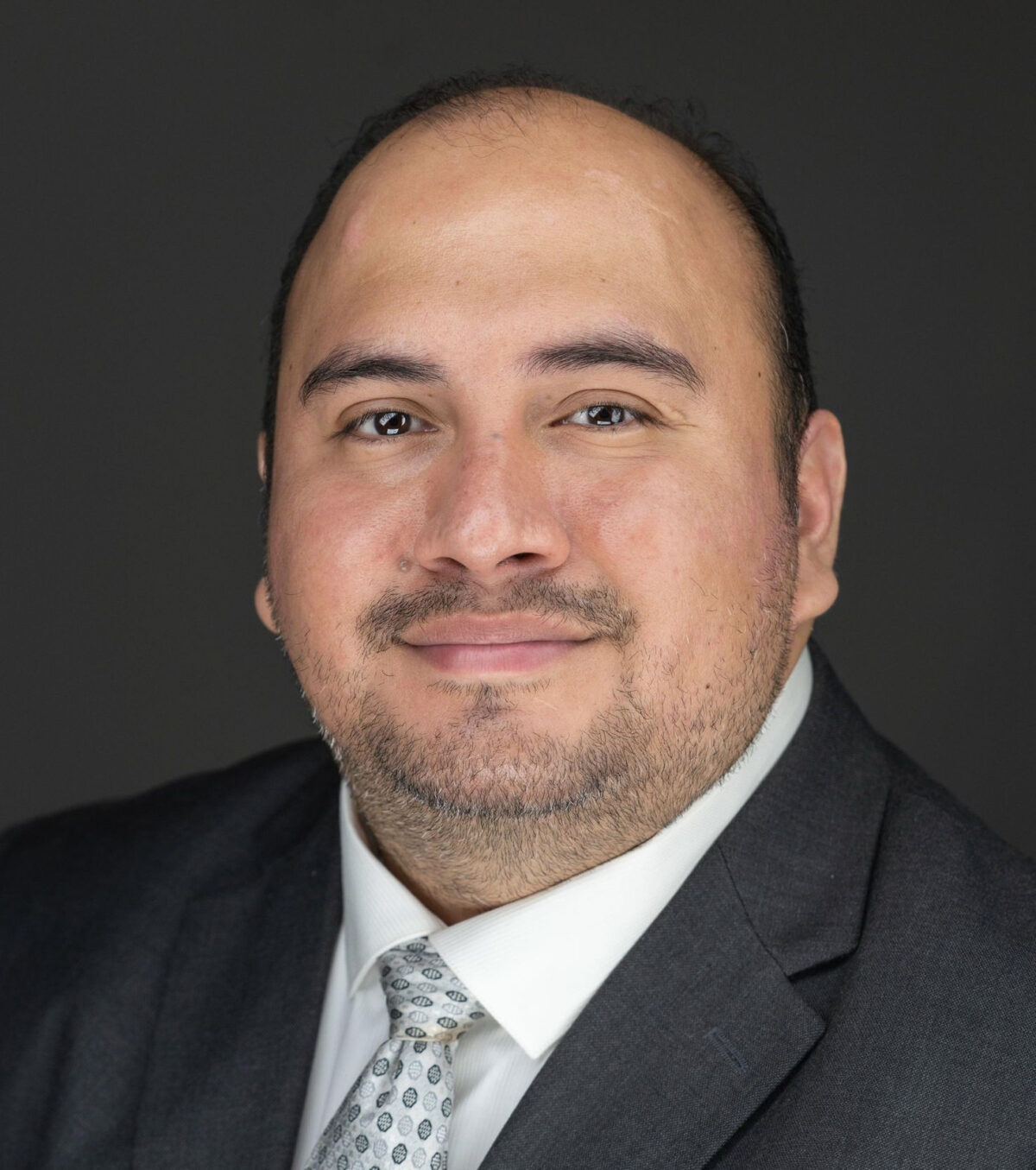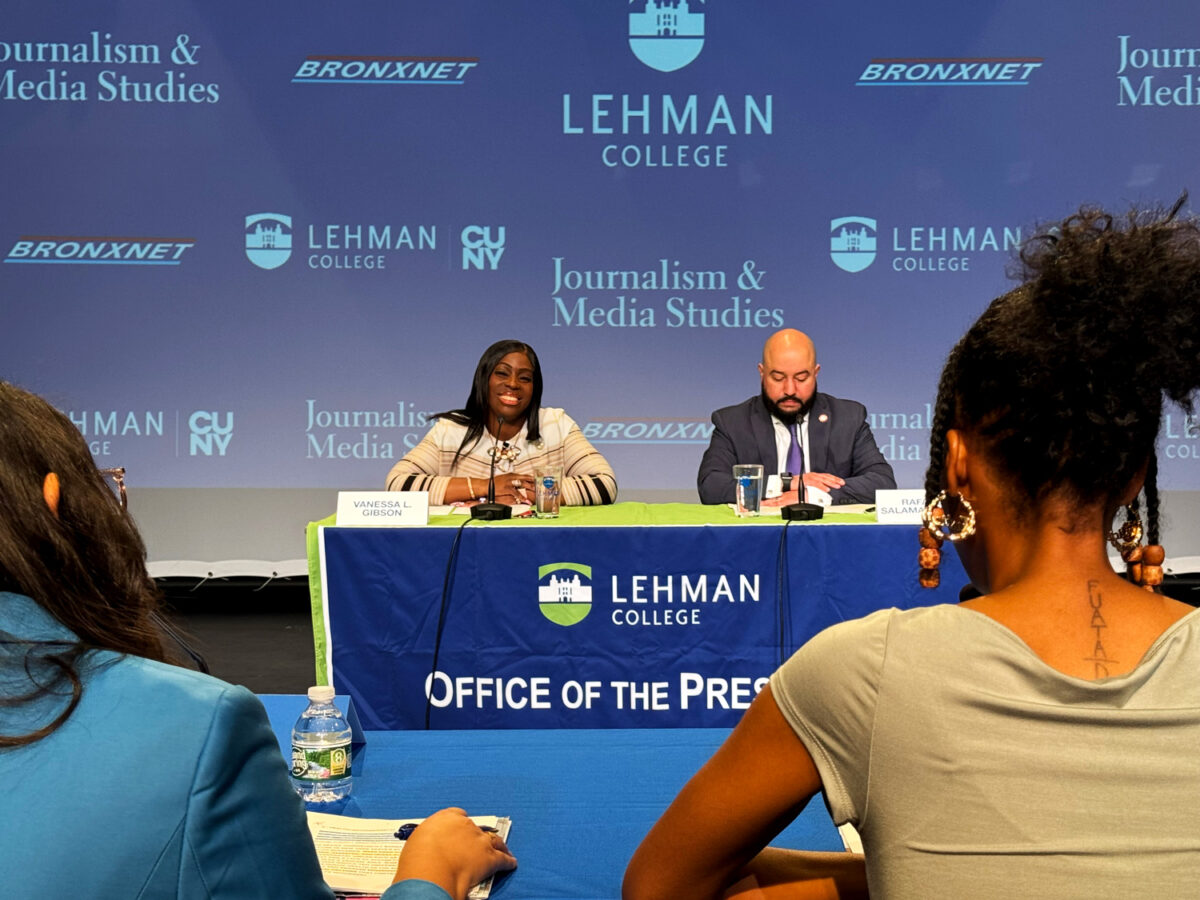(Gryffindor)
By Elizabeth Perry
When you get sick or feel ill, you go to your local clinic or the nearest hospital. But what happens when your health care does not cover the costs of your recommended treatment and you are forced to pay out-of-pocket?
With many Bronx residents living in poverty or being low-income, they are susceptible to health risks because they can’t afford healthy sustainable meals. Living with those health risks, and financial troubles, they are often forced to rely on patchy health insurance to cover their hospital and clinic expenses. In most cases, those residents have health insurance plans that are unreliable and unaffordable, leaving them to pay out-of-pocket for treatments, and medications.
Cindy Lopez, a 54-year-old disabled woman, knows first hand the struggles of dealing with an unreliable health care system. Lopez, is a diagnosed diabetic, who also balances high-blood pressure, asthma, arthritis, and carpal tunnel syndrome. “I would go to the doctors complaining about a new area of pain or strain, and they would prescribe me a higher dose or a new medication,” said Lopez. “After I would go to the pharmacy, and they would say my ‘health insurance doesn’t cover it.’ I can barely make ends meet with my monthly checks (Supplement Security Income, SSI), and now I have to use that money to buy expensive medicines just to feel less pain.”
As of 2023, 1,427,056 people live in the Bronx, with 54% of those residents being of Hispanic or Latino descent, and 42% being of Black/African-American descent. According to American Community Survey, almost 30% of residents have a yearly income that is less than $20,000. The unemployment rate in the Bronx was 7.5% in 2022 , the highest in New York State, according to the New York State Labor Department. The Bronx is the unhealthiest county in New York, ranking 62nd out of 62 countries according to the Robert Wood Johnson Foundation County Health Ranking and Roadmaps. Heart disease was the leading cause of death, followed by cancer, and COVID-19 in 2021. Heart disease can be caused by many things. Some of its primary contributors are obesity, diabetes, high-blood pressure, high-cholesterol, and smoking.
Felix Garcia, a disabled 45-year-old, was diagnosed with heart disease less than a year ago. Garcia, has been diabetic since he was 40 and has to pay for his medications out-of-pocket. “It doesn’t matter that I am low-income,” said Garcia. “I still have to buy my pills and I even had to buy my glucose monitor kit. If I never brought those things, I would’ve been left untreated.”
Garcia says he sometimes avoids or postpones visits to his nearby clinic. “When it comes to my yearly checkup, I put it off as long as I can,” he said. “I can’t afford anymore medications or equipment. What if I get sicker or find out I have some other disease? I can’t pay for the medicine to get better.”
The Bronx has the highest obesity rate of the five boroughs. More than 30% of residents are obese according to the New York City Department of Health and Hygiene (DOHMH). New York City’s 2021 Food Metrics Report says the borough meal gap — meals missing from families — was 40,386,600. The report defines food insecurity as “the lack of access, at times, to enough nutritionally adequate food for an active, healthy life for all members of a household.” The Bronx has a food insecurity rate of 16.4%, more than any other borough. About a third of the population receives aid from Supplemental Nutrition Assistance Program (SNAP), which is not accepted everywhere.
Fewer than 50% of residents live five minutes or less from supermarkets with fruits and vegetables, according to the New York City Food Policy Center at Hunter College. The more food insecure residents are, the more likely they are to develop obesity, and later other life threatening diseases, like heart disease.
“The Bronx has a long history as a medically designated underserved area or having a shortage of providers,” said the office of Community and Population Health of Montefiore Medical Center in its 2016 Community Health Needs Assessment and Implementation Plan.
Fortunately, in February of 2022, the Affordable Insulin Now Act was introduced in the Senate. Effective this January, the bill is said to help limit cost-sharing for insulin under private health insurance and Medicare prescription drug benefits. Specifically, the bill caps cost-sharing under private health insurance for a month’s supply of selected insulin products at $35 or 25% of a plan’s negotiated price (after any price concessions), whichever is less. This, will allow those with healthcare who use insulin to save money.
According to the Office of the Assistant Secretary for Planning and Evaluation (ASPE), an estimated 1.5 million Medicare beneficiaries who use insulin would have saved $734 million in Part D and $27 million in Part B, if these caps had been in effect in 2020.
Mark Harris, a 58-year-old Bronx resident has been living with diabetes and high-blood pressure for over 10 years. He often relies on his adult children to pay any fees or costs that are not covered by his Medicare plan. For him, the cost of medicine has continued to increase. “It’s embarrassing that I have to ask my kids to help pay for my medicine,” said Harris. “They (the government) always say things will be cheaper and better, especially for those who really need it, but cheaper is not free. Medicine needs to be free.”








No comments